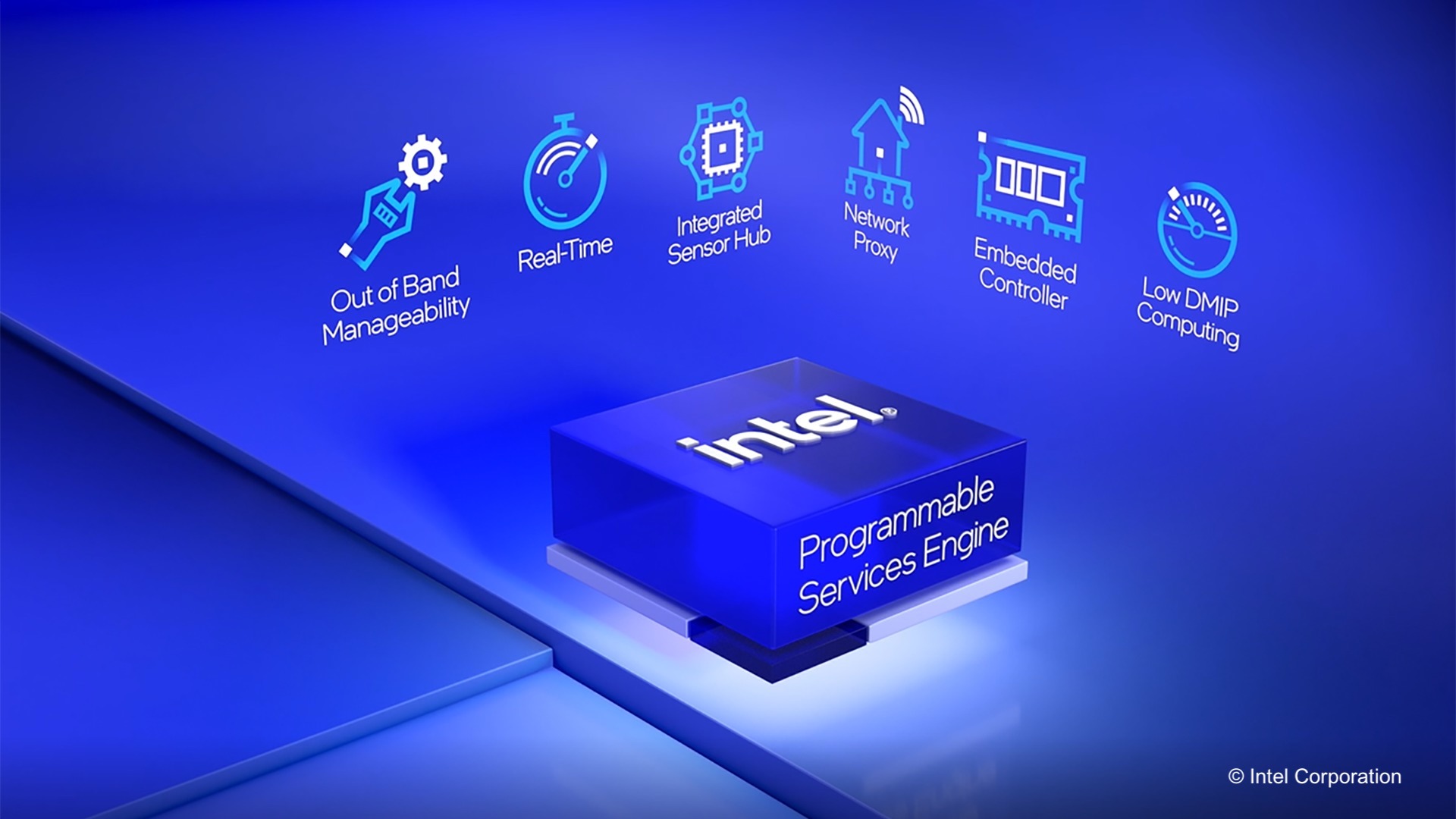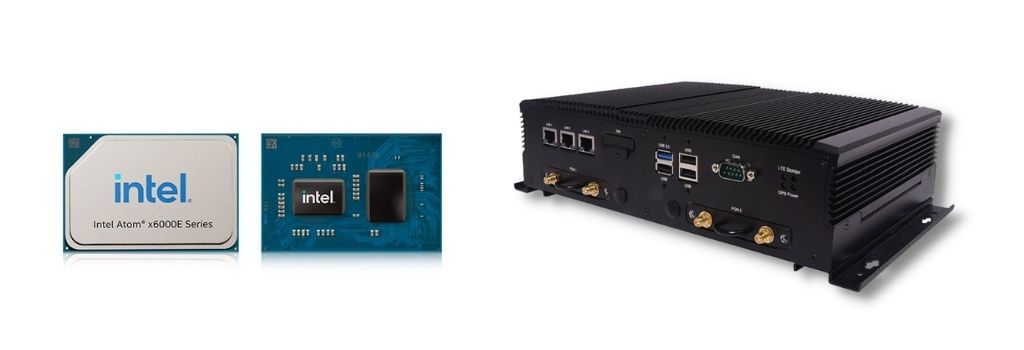Lanner today announced the availability of platform support for Intel Programmable Services Engine (Intel PSE), starting from Q4, 2021.
This ODM value-added service is available for Lanner appliances built with Intel’s Elkhart Lake family of Atom x6000E, Pentium, and Celeron processors as Intel PSE is developed around a real-time Arm Cortex-M7 companion core.
The combination of Lanner’s engineering capacity, technical know-how and flexible programming using open source code or prebuilt firmware binaries makes available a spectrum of Intel PSE configurations and customizations that runs real-time, ARM-based applications and meets each user’s unique application requirements.

What sets Lanner apart from the rest, however, is Lanner’s in-house engineering does offer complete customization services for configurable functions that seamlessly and applicably fulfill each and every unique product positioning and market vertical, going above and beyond the cookie-cutter functions implemented with but somewhat limited by the prebuilt firmware binaries.
Intel PSE, according to Intel, “provides both remote out-of-band (OOB) and in-band (INB) device management for monitoring and remotely managing devices. OOB provides power control for edge devices even when the OS is unresponsive, letting users restart, power down, or power up from sleep states. INB facilitates over-the-air (OTA) firmware and software updates.”
Also accordingly to Intel, Intel PSE enhances workload consolidation, meets IoT-centric requirements and facilitates functions such as thermos/security alarm mails, remote, network proxy, embedded controller and sensor hub, and supporting “real-time, ARM-based applications and managing industrial I/Os.”
Furthermore, “the integrated Intel® Safety Island (Intel® SI) supports functional safety, orchestrates Intel-on-chip diagnostics, reports errors, and monitors customer-safety applications.”
Contact Lanner to learn how Lanner can work with you on integrating Intel PSE into your particular use cases and deployment scenarios.



